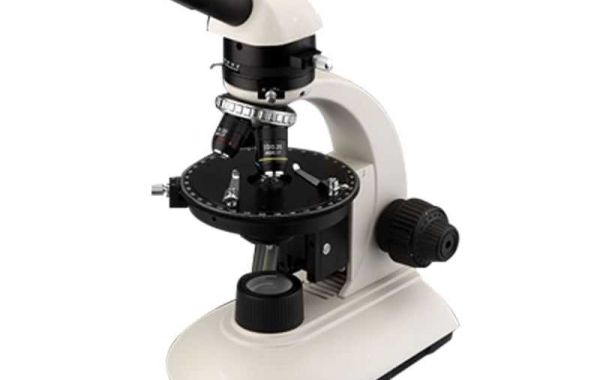With the help of polarizing microscopes, researchers may examine a vast range of materials and phenomena. You can appreciate the potential of polarizing microscopy and how it may be utilized to increase our understanding of the world around us by being aware of its uses. Applications for polarizing microscopes are numerous and include:
Geology
- Identifying minerals and rocks: Using polarizing microscopes, one may determine the identity of rocks and minerals by examining their optical characteristics, such as extinction angle and birefringence. Both miners exploring for lucrative minerals and geologists studying rock formations can benefit from this.
- Studying the texture and structure of rocks: By examining the texture and structure of rocks, Polarizing Microscopes can reveal details about the formation history of the material. Engineers creating foundations and other structures can use this, as can geologists researching the Earth's crust.
Chemistry
- Studying the structure of crystals: The structure of crystals can be studied with polarizing microscopes. Both scientists researching the characteristics of materials and chemists creating new materials can benefit from this.
- Identifying and quantifying substances: Drugs and contaminants can be identified and measured with the use of polarizing microscopes. Chemists in forensics and quality control will find this beneficial.
Other applications
- Art conservation: Using polarizing microscopes, one can examine the composition and structure of artworks. For those who work with art conservators to save and repair artwork, this is helpful.
- Forensic science: Fibers and paint chips are examples of evidence that can be identified and examined using polarizing microscopes. Forensic scientists who work on criminal investigations can benefit from this.
Polarizing microscopes are an adaptable instrument with a multitude of applications. For scientists and researchers who need to investigate the optical characteristics of materials, they are indispensable.








